
This carb is more damaging to your blood sugar than pure sugar

What if I told you that the most dangerous carbohydrate on the planet isn’t sugar? Not even close. There’s a hidden carb that spikes your blood sugar faster and higher than pure sugar — yet it’s not even labeled as one. This stealth ingredient is a major driver of type 2 diabetes, fatty liver disease, and visceral fat, the dangerous fat that surrounds your organs. It disrupts your gut microbiome, feeds harmful bacteria, and triggers chronic inflammation throughout your body.
The shocking part? It’s everywhere. It hides in gluten-free snacks, baby formula, salad dressings, baked goods, and even hot dogs. It’s marketed with “zero sugar” labels that fool millions into thinking it’s healthy. Meanwhile, the average person consumes between 65 and 250 pounds of this ingredient every year without realizing it.
This invisible threat is called industrial starch — including modified food starch, corn starch, and maltodextrin. These ultra-refined fillers are cheap, government-subsidized, and form the foundation of the processed food industry. Let’s explore how they became so widespread and why they may be even more damaging than sugar itself.
Key Takeaways
Industrial starch is the real culprit. Highly processed starches like maltodextrin and modified food starch cause sharper blood sugar spikes than table sugar.
It drives chronic disease. These ingredients contribute to insulin resistance, diabetes, fatty liver, inflammation, and obesity.
It hides in plain sight. Labels can legally say “0g sugar” while still being loaded with these starches, which your body instantly converts into glucose.
It’s made with industrial chemicals. Modified starches are treated with bleach, acids, and synthetic compounds that have never been long-term tested for safety.
It becomes toxic when fried or baked with seed oils. When combined with oils like soy, corn, or sunflower and exposed to heat, starch forms harmful compounds that damage your cells.
1. What Exactly Is This “Hidden Carb”?
When you think of starch, you might picture potatoes or rice — natural carbohydrates found in whole foods. But industrial starch is something entirely different. It’s a highly refined industrial powder, stripped of nutrients and chemically altered to improve texture and shelf life.
You’ll see it listed as modified food starch, corn starch, wheat starch, or maltodextrin. In whole foods, starch molecules are surrounded by fiber, vitamins, and minerals that slow digestion and stabilize blood sugar. But in industrial starch, all that has been stripped away. The result is a hyper-processed powder that your body breaks down into pure glucose almost instantly.
Research shows that refined starches can cause a faster and higher blood sugar spike than table sugar itself (American Journal of Clinical Nutrition, 2022).
2. How It Damages Your Metabolism
That rapid glucose surge forces your pancreas to release a flood of insulin. When this happens repeatedly, your cells stop responding to insulin — leading to insulin resistance. Over time, excess sugar is converted into fat, especially visceral fat around your organs, which increases inflammation and disease risk.
Your liver also suffers. Constant insulin spikes push it to store more fat, eventually leading to fatty liver disease — now common even in children.
Industrial starch doesn’t just affect blood sugar. It feeds harmful gut bacteria, disrupts your microbiome, and increases inflammation in your intestines. It also raises levels of small, dense LDL cholesterol, the type most strongly linked to plaque buildup in arteries (Journal of Lipid Research, 2023).
Why is it used so widely? Because it’s incredibly cheap. Industrial starch costs just a few cents per pound and adds bulk, texture, and “body” to foods, allowing manufacturers to produce massive profits from low-quality ingredients.
3. How to Spot It on Labels
This ingredient hides in plain sight. You can pick up a product that says “0g sugar” — yet it’s loaded with starch that turns into sugar once digested. Starch isn’t required to be listed as sugar; instead, it appears under total carbohydrates.
To detect it, you must check the ingredients list. Look for words like:
Modified food starch
Modified corn starch
Maltodextrin
Corn starch
Wheat starch
Potato starch (in chips, soups, or processed foods)
You’ll find it in gluten-free crackers, protein bars, salad dressings, soups, frozen dinners, baby formula, and even hot dogs. Once you start reading labels carefully, you’ll realize how widespread it is.
4. The Chemical Process Behind Industrial Starch
The word “modified” is a red flag. Industrial starches don’t come from nature — they’re created in laboratories using chemical solvents and bleaches.
Common processing agents include sodium tripolyphosphate (linked to kidney stress), vinyl acetate (a possible human carcinogen), and sodium hypochlorite (bleach). These chemicals alter the starch to make it more heat-stable or extend its shelf life.
Under current food laws, many of these additives are classified as “Generally Recognized As Safe” (GRAS), which allows companies to self-certify safety without independent long-term testing. Essentially, the public becomes part of an ongoing experiment — one that has never been properly studied for lifetime exposure.
5. The Dangerous Combination of Starch and Seed Oils
Industrial starch becomes far more toxic when paired with industrial seed oils like soy, corn, canola, or sunflower oil — a combination found in most processed snacks.
When these two ingredients are heated together, they create advanced glycation end products (AGEs) and oxidized lipids. These compounds accelerate aging, inflame tissues, and damage arteries (Nutrition & Metabolism Journal, 2023).
Take a look at common snacks:
Potato chips are about 65% starch and 30% seed oil.
Crackers are around 70% starch and 25% oil.
Breakfast cereals often exceed 80% starch and contain added sugar and oil.
Even bread can be 75% starch with up to 15% added oil.
This combination creates oxidative stress and chronic inflammation — the foundation of metabolic disease.
6. The Scale of Overconsumption
Ultra-processed foods make up the majority of calories in modern diets, especially among children and teens. Children now get roughly 65% of their daily calories from these foods, consuming about 55 pounds of industrial starch per year. Teenagers eat even more — over 100 pounds annually. Adults average close to 70 pounds.
While sugar gets most of the blame, starch actually accounts for most of the carbohydrates in processed foods — often 60 to 75 percent of total calories. It’s the unseen fuel feeding today’s epidemic of obesity, diabetes, and chronic disease.
Conclusion
Food should nourish, sustain, and repair the body. Industrial starch does the opposite. It’s an anti-nutrient — a chemically altered filler that displaces real food and harms your metabolism.
The processed food industry markets it as harmless, but the evidence says otherwise. It spikes blood sugar faster than sugar itself, inflames the gut, feeds harmful bacteria, and contributes to long-term disease.
The first step toward better health is awareness. Don’t just look at the “sugar” line on a nutrition label — read the ingredients list. If you see terms like maltodextrin or modified food starch, put the product back.
Choose real foods — those that grow in nature, not in factories. By cutting out industrial starch, you’ll not only stabilize your blood sugar but also restore energy, clarity, and longevity to your life.
News in the same category

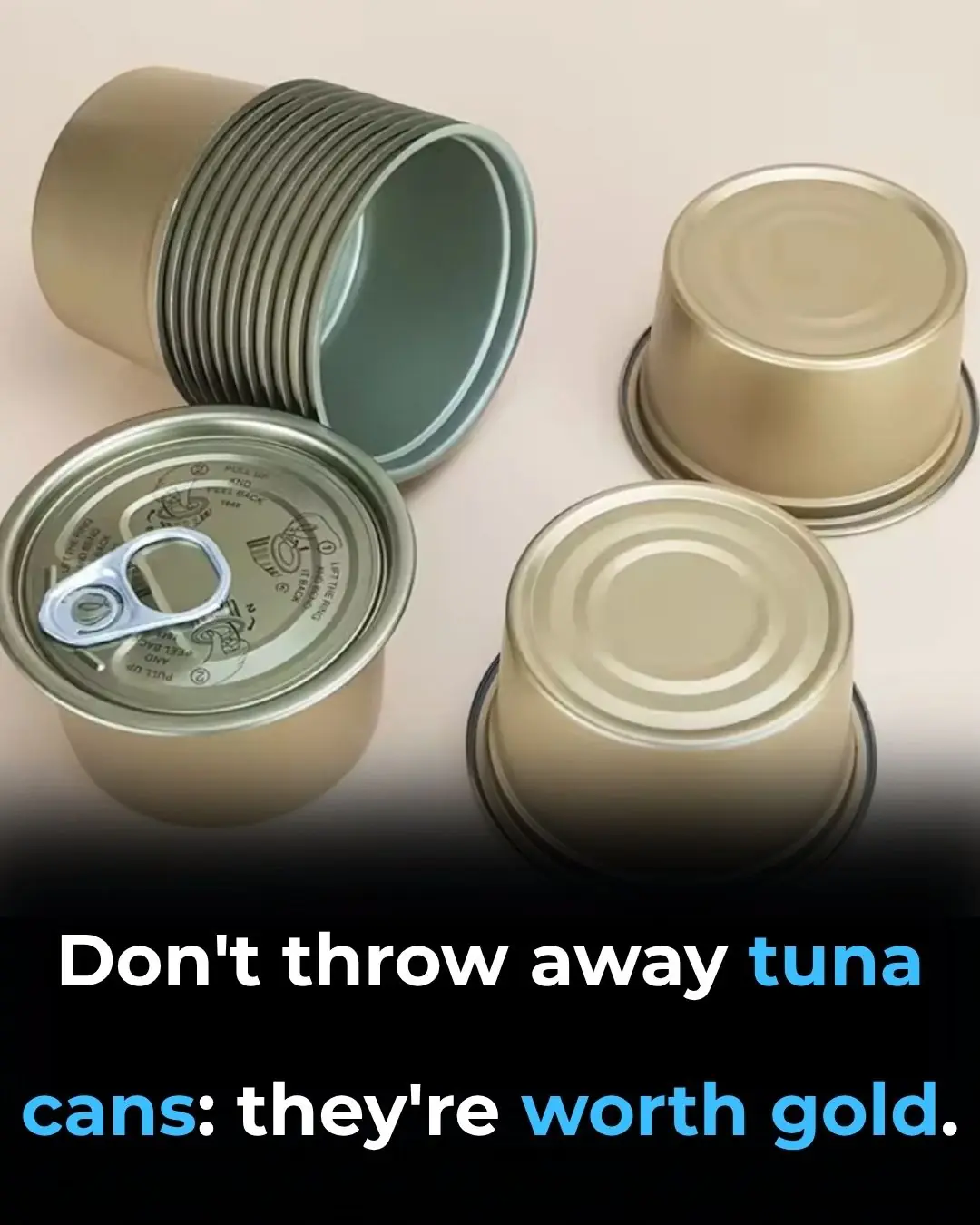
Don’t Toss That Tuna Can

101-year-old woman who still works 6 times a week explains what she fears would happen if she retired

What the Inside of Your Car Might Say About You

This Simple Word Could Let Scammers Clone Your Voice with AI

Donald Trump ‘rattled’ as he’s booed at stadium he wants named after him

Here’s Why Many Couples Start Sleeping In Separate Beds After 50

Why Do We Get Shocked by Static Electricity

What Clearing the Table Says About You

The Secret Language of the Hand: Interpreting the Touch During a Handshake
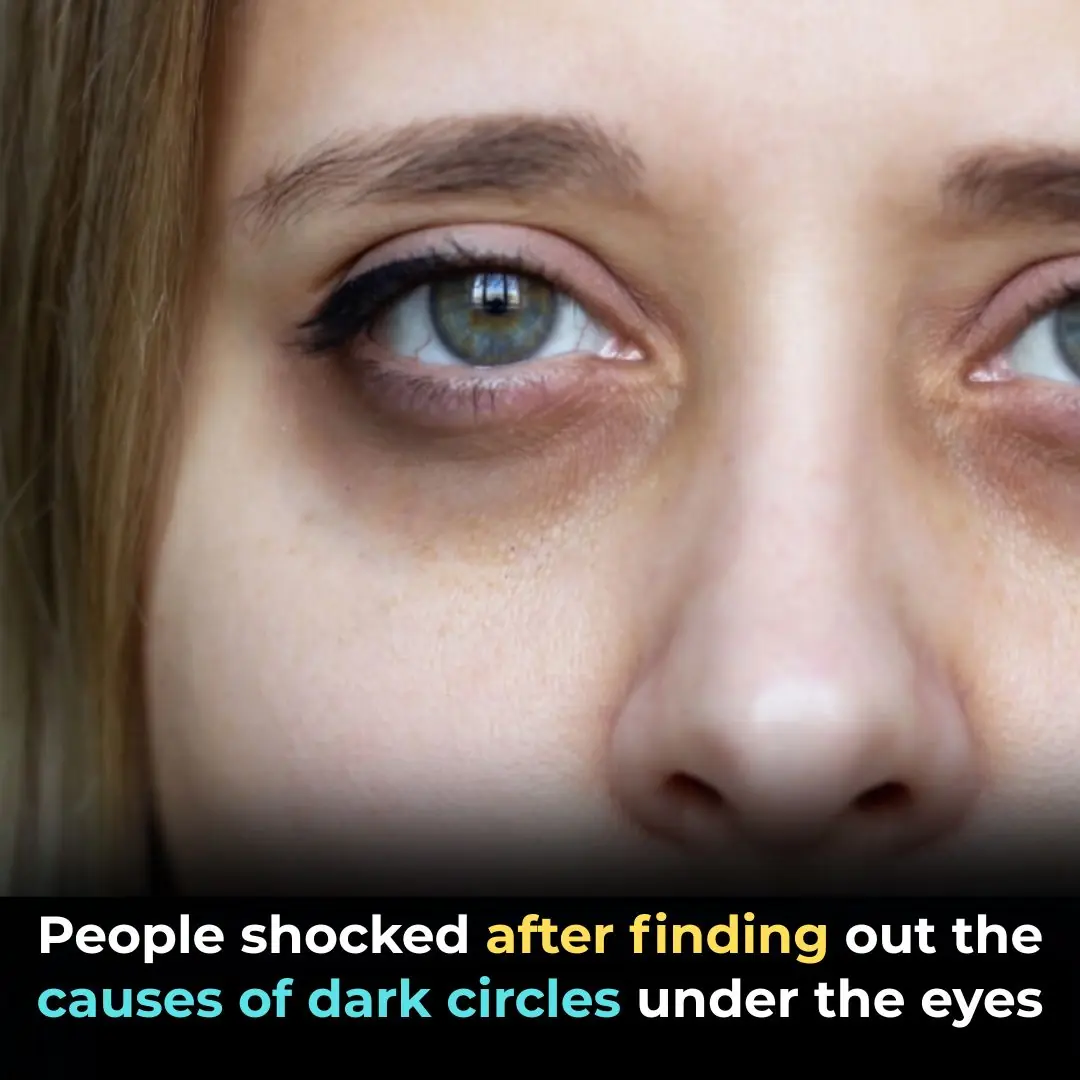
Why You Might Have Dark Circles …Even If You’re Sleeping Well

What Do the Triangle Stickers Above Your Airplane Seat Mean?

6 Difficult Realities of Losing a Parent

Woman issues terrifying warning after finding a stroller abandoned on the side of the road

Count The Squares
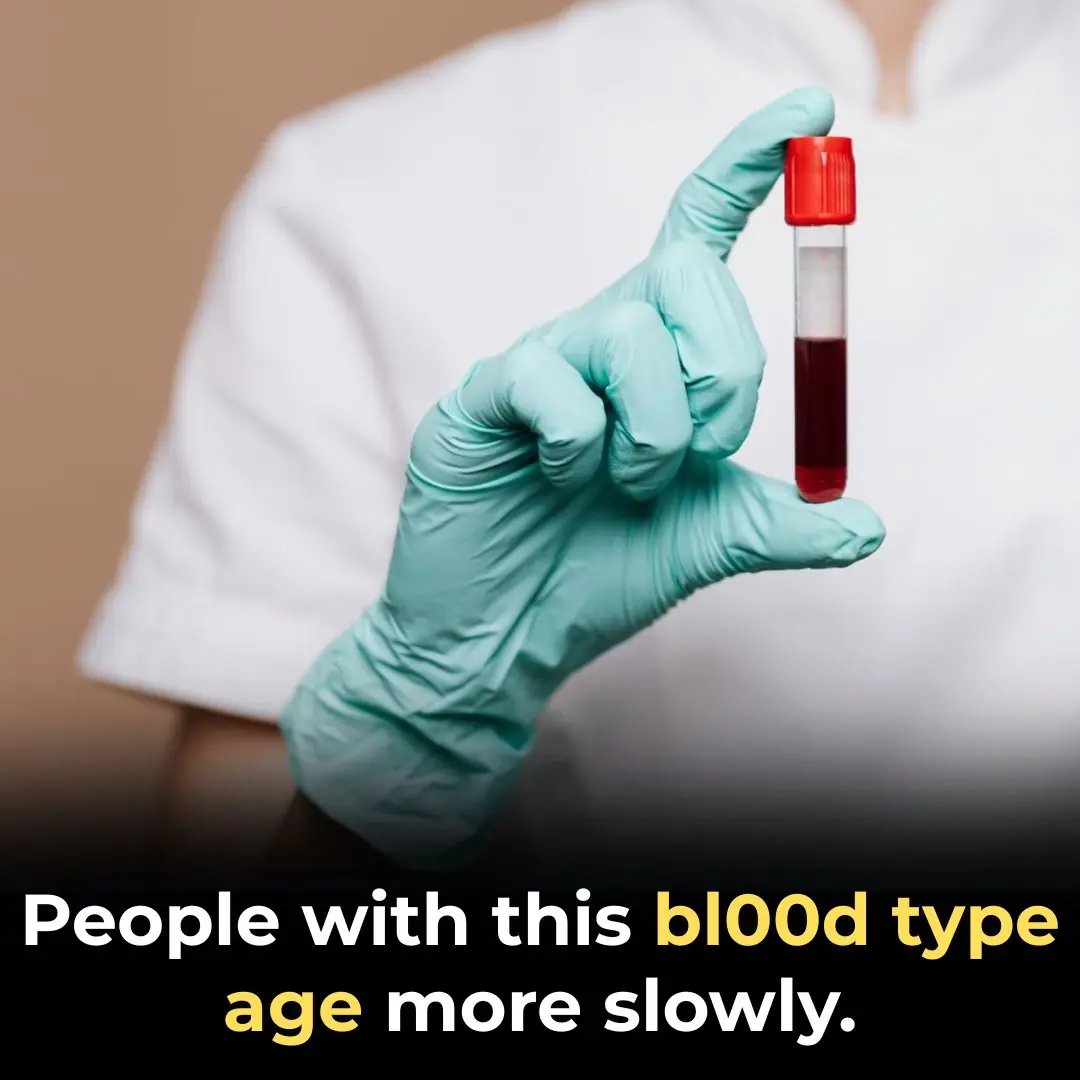
Could Your Blood Type Be Influencing How You Age

Got a lump on your neck, back or behind your ear? Here’s what you need to know

Most Drivers Miss This Simple Button That Improves Visibility At Night
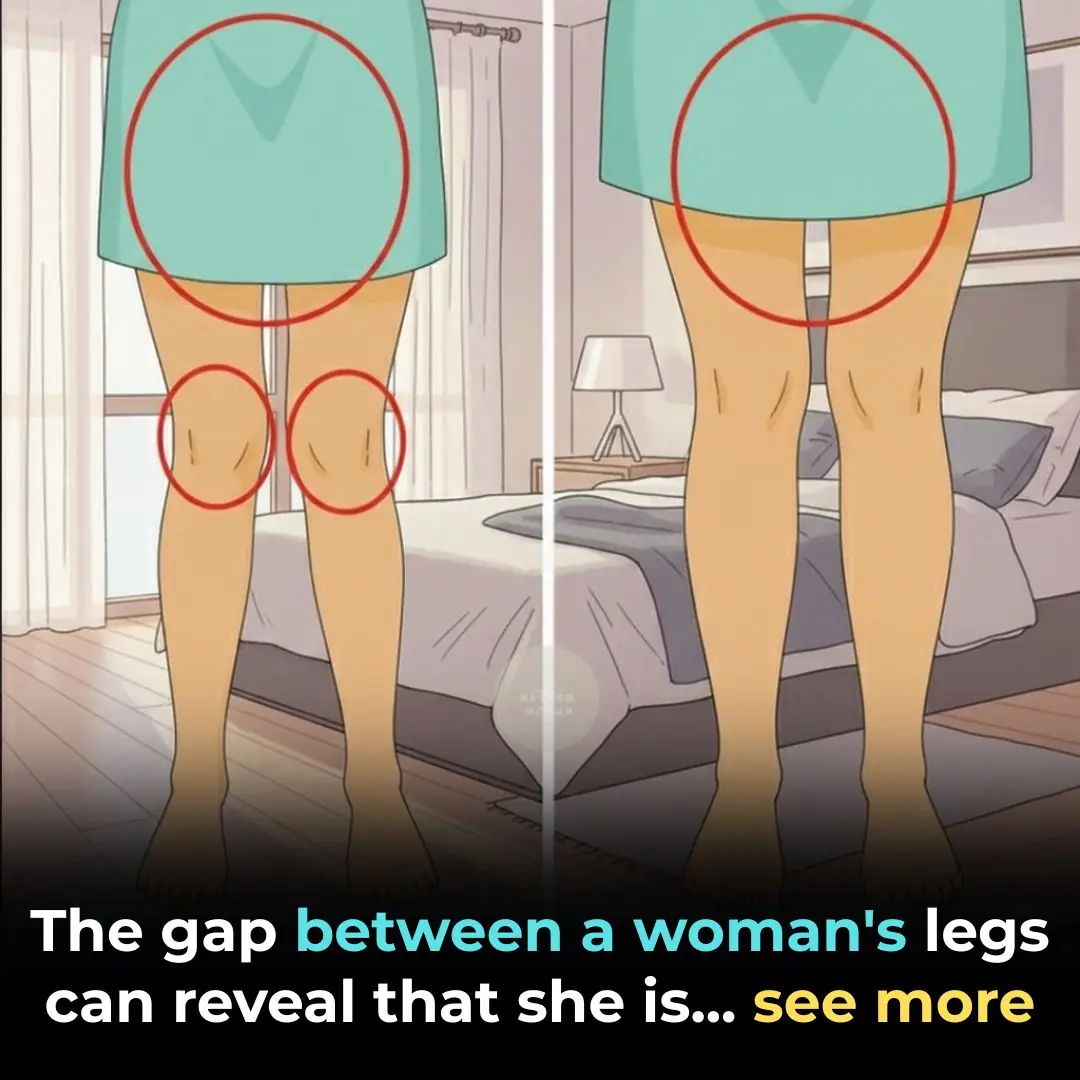
The Truth About the Thigh Gap
News Post

Many People Still Don’t Know The Meaning Behind Shoes Strung Up On A Power Line

Arnold Schwarzenegger’s Son Continues His Impressive Weight-Loss Journey

‘Get Out!’: Black Woman Banned from Restaurant After Refusing to Tip Waitress with ‘a Disgusting Attitude,’ But She Doesn’t Back Down, Video Shows

Stephen Hawking Predicts the End of the World Is Nearer Than We Think

Caroline Flack’s ex Lewis Burton says he’s received ‘online abuse’ in rare statement over Disney documentary

The Viral 70LB Baby That Was Featured On Jerry Springer Is All Grown Up, And You Better Sit Down Before Seeing Him Today

The Viral 70LB Baby That Was Featured On Jerry Springer Is All Grown Up, And You Better Sit Down Before Seeing Him Today

‘Wanna be from the Trenches So Bad’: Tiny Harris Claps Back After T.I. Embarrasses Son King at Their Grandchild’s First Party

3 Deadly Mistakes People Make with Water Heaters – Don’t Risk Your Life

The surprising vitamin that helps break down leg clots—are you getting enough?
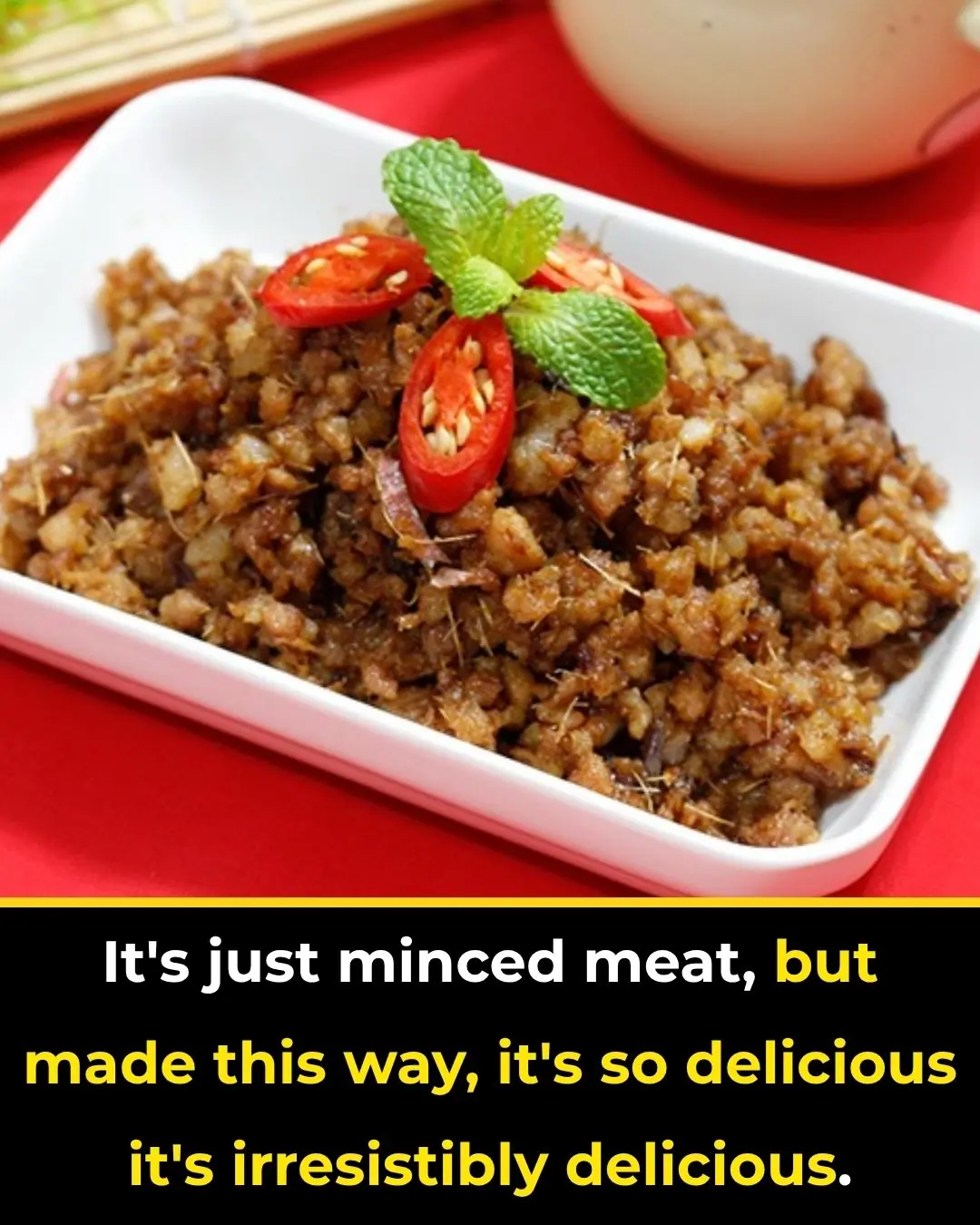
Just Minced Meat, But Made This Way, It Becomes Irresistibly Delicious

Prince William steps out with King Charles for special Windsor Castle reception to mark Remembrance Day

Top 10 Occupations with the Highest Risk of Cancer
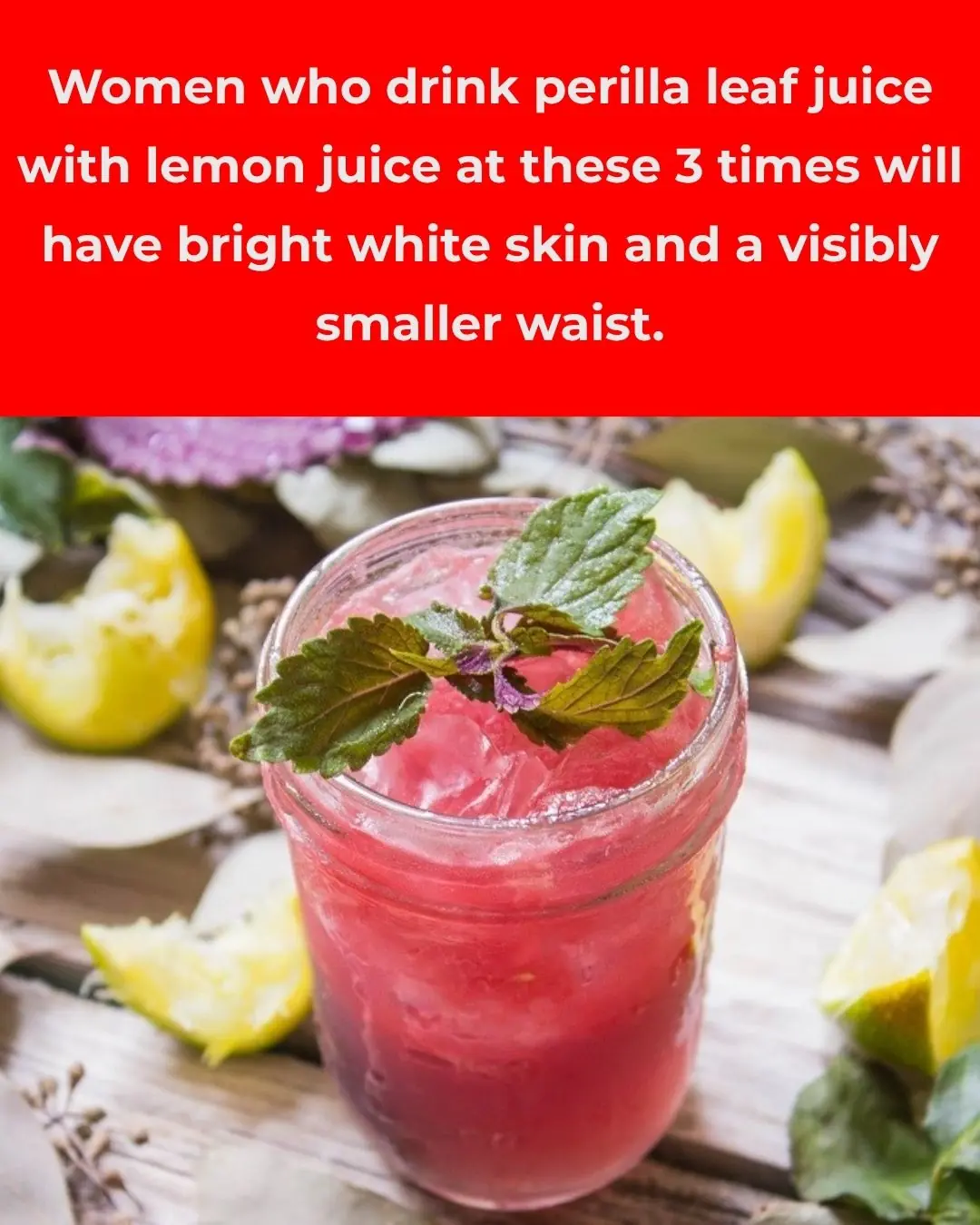
Women Who Drink Perilla Leaf Water with Lemon at These 3 Times: Brighter Skin and a Slim Waist

Why Is the Left Burner of a Gas Stove Not Ideal for Cooking?

Kelly Brook ‘horrified’ as GP offers her weight-loss jabs ahead of I’m A Celebrity stint: ‘I love my curves!’

Is It Dangerous to Stay Inside a Car During a Lightning Storm?
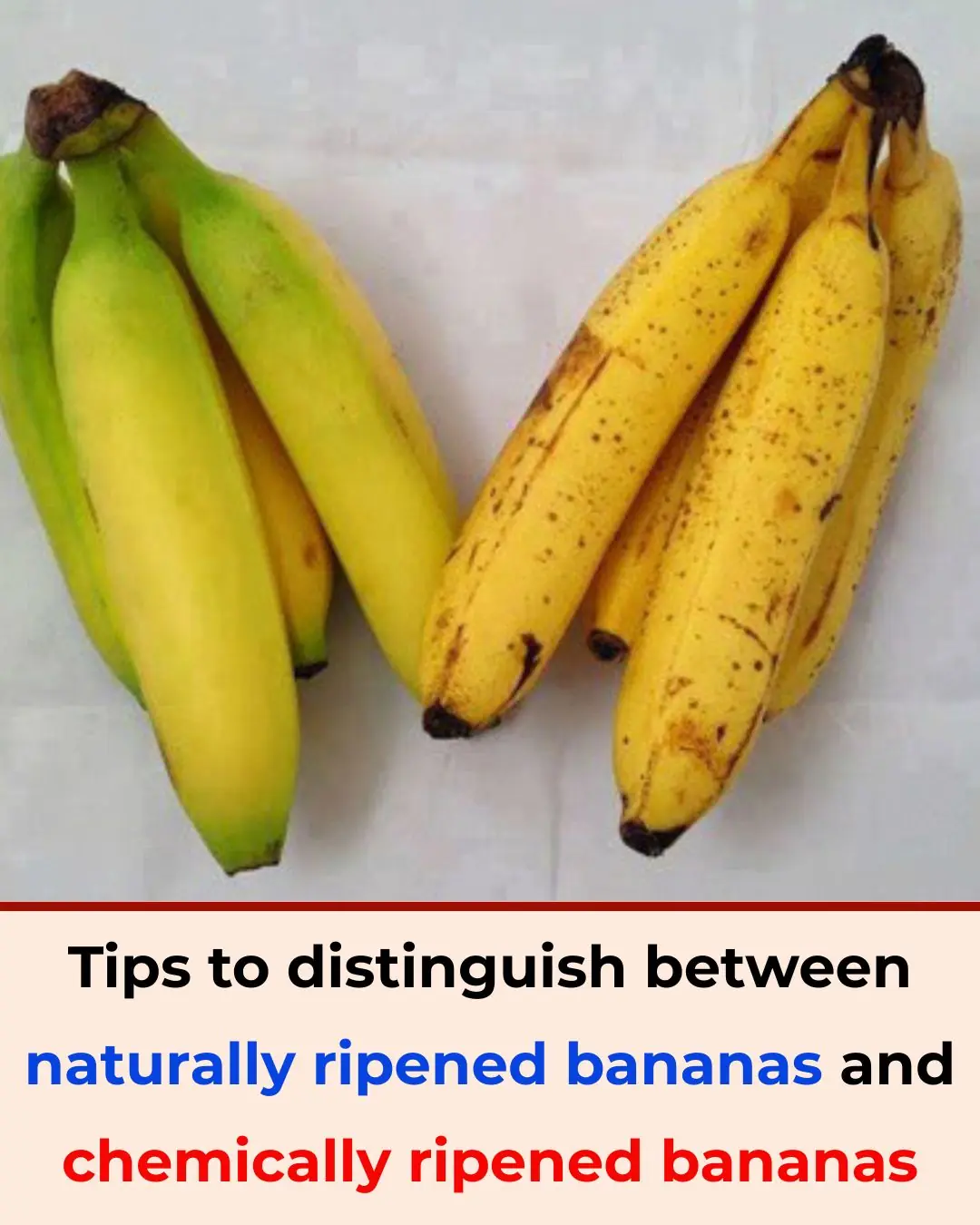
Tips to Distinguish Naturally Ripened Bananas from Chemically Ripened Ones

Meghan Markle shares video of Prince Harry in Afghanistan in Veterans Day message
